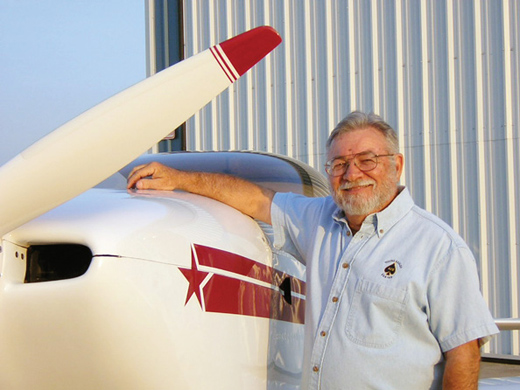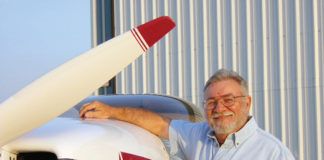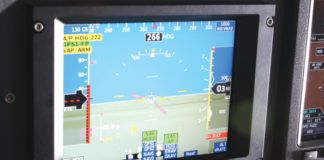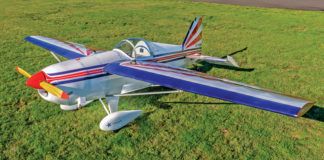
Question: I have a unique question to ask. My father recently passed, and I have inherited the airplane he owned. It’s a flying Experimental Pazmany PL-1. My ignorance will show in my question, but here it goes: Where do I find the gross weight of the aircraft in the paperwork?
Here’s the background info for you. We are the third owners of the airplane, and it was completed in 1978. I’ve gone through the Owner’s Manual and Operator’s Manual that Dad had in the plane (also done in ’78 and never updated), and I cannot find the gross weight listed anywhere. I ask for Light Sport Aircraft reasons. I know the PL-1 can be included in the LSA category, and this plane meets all of the requirements except the limiting factor of the gross weight. I’ve seen some PL-1s certified with a 1320-pound gross weight and others that were over the 1320-pound weight.
Answer: One of the required items that are to be carried in an aircraft at all times is the current weight-and-balance document. The gross weight should be listed on that document. Other than that, the current W&B should also be in your aircraft file, and there should be W&B figures in the front of the aircraft logbook. However, the figures in the aircraft logbook may not be the most current.
Remember, if the gross weight has ever been listed at more than 1320 pounds, the aircraft will never be eligible as a Light Sport Aircraft.
If you still cannot locate the gross weight anywhere, you might try contacting whoever did the airworthiness sign-off. If it was a DAR, he probably has a copy of the original weight-and-balance document.
Question: I bought an aircraft project (a Der Jäger DIX biplane) that was registered as N184LM in 1990 and deregistered in 1996, before the 2010 deadline. The reason for the deregistration shows as “Destroyed” on the FAA web site. But it obviously was not destroyed. I will be requesting re-registration and finishing the construction. Would it still be considered under the pre-2010 rules?
Answer: I’m not quite sure where to start. First, once an aircraft is listed as “Destroyed” in the FAA Aircraft Registry, it is dead as far as the FAA is concerned. The most common reason for this is to relieve the builder from liability. It achieves that purpose only because the aircraft can no longer be re-registered.
Second, on your point about the “2010” deadline, I’m not sure what you are talking about. The only 2010 deadline concerned unregistered aircraft that did not meet Part 103 regs, but did meet LSA parameters so that they could be “grandfathered” into the Experimental LSA category. This was under Part 21.191(i)(1), and because the deadline is past, that rule can no longer be used. There is no rule now under which this aircraft could be certificated as an LSA. Currently, the only two ways to certificate an Experimental LSA are under 21.191(i)(2), an aircraft built from a Light Sport kit, or 21.191(i)(3), downgrading from a Special Light Sport Aircraft (SLSA). This would fall under neither of those.
If the aircraft was never certificated, it might qualify as an Experimental/Amateur-Built, providing you can show that the aircraft truly meets the “greater portion” rule, commonly known as the 51% rule. You will have to show reasonable proof by way of a builder’s log with photos, and you will also have to sign a Form 8130-12 swearing to that fact.
Please send your questions for DAR Asberry to [email protected] with “Ask the DAR” in the subject line.










